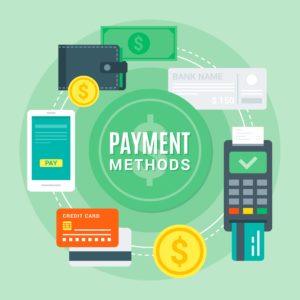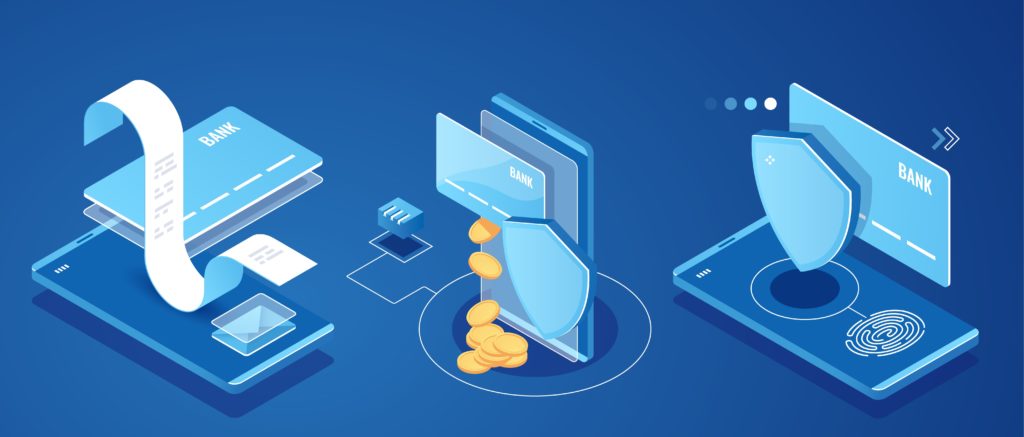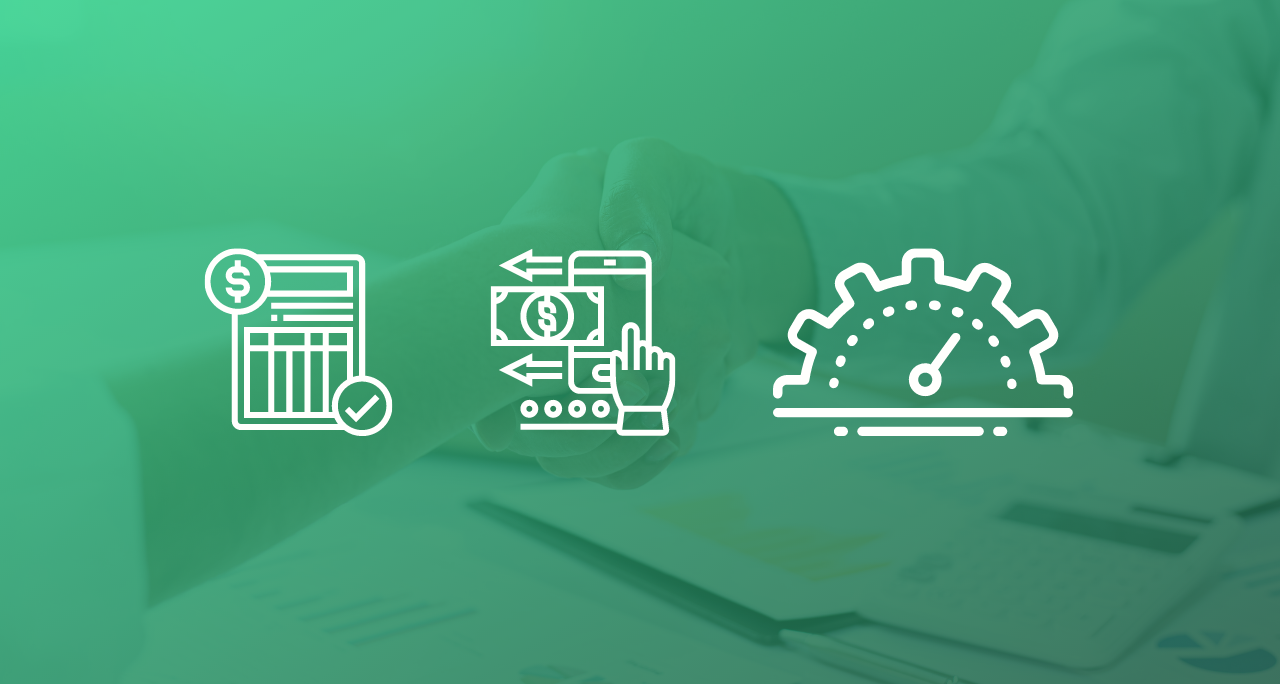Online shopping is ubiquitous today—nearly 96% of Americans make at least one online purchase each year, and $4.1 trillion in digital transactions were made in 2019.
Digital payments in the B2C sector have been embraced as the preferred method of payment because they are simple, fast, and seamless, yet the B2B space has lagged behind. And this is because B2B companies have not wholeheartedly supported the main argument of digital payments – speed – like their B2C counterparts have.
Traditionally, the B2B space has always involved longer processing times for payments, and buyers have got used to this tempo. These days, corporate buyers are still employing paper checks, open invoices, bills of lading, or buying against an account for larger transactions, which can take multiple days, even weeks for the payment to clear.
While merchants would favor collecting their revenue faster, buyers have gotten accustomed to long payment times, which leaves funds in their own accounts for longer. Less than half of corporate buyers are actually interested in instant payments, which explains why payment speed has not triggered their interest thus far.
Traditional B2B payments rely on manual systems
Widely used B2B payment options presently include:
- Instant credit granted to the customer after they undergo a financial evaluation.
- Trade credit that is equal to goods or services.
- Cash on delivery, where the customer pays cash for goods or services to seller upon delivery.
- Checks printed on paper and mailed to merchant.
- Wire transfer, where money is transferred from one bank account to another, usually through a third-party facilitator.
- ACH transfer from one bank account to another.
- Purchase order placed by buyer, followed by invoice delivery, and payment collection.
- Credit card payment made using a personal or company credit card.
A traditional B2B payment flow can work something like this:
- Buyer obtains a credit line after a financial review.
- Buyer and seller agree to an amount equal to goods or services in trade.
- Cash is paid to the seller when the goods or services are delivered.
- Paper checks are customary, and need to be printed, packaged, and sent by mail.
- Money is transferred through a third-party facilitator from buyer to seller account.
- Money is transferred directly from one bank account to another.
- Buyer places an order, they receive an invoice, and payment is collected.
- Payment is made with a personal or company credit card.

It’s not hard to understand that such a flow comes with considerable downsides. On the one hand, high costs of time and manpower are necessary to process a single traditional transaction. On the other hand, there is not a lot of flexibility for some payment methods. A B2B wanting to pay via trade credit can find the whole purchase process gets a lot more complicated. Particularly if payment over time is part of the arrangement, as is often the case. Through it all, the buyer is the only party who stands to have any benefits in this flow, given the length of the process.
Digital payments are about efficiency, not speed
The eternal conflict between buyers and sellers in the B2B space about the acceptable speed of a payment has often overlooked the many other benefits that digital payments can bring. The industry could stand to be revolutionized through digital payments . . . and it’s not (just) because they’re faster.
Any business selling in B2B can find that digital payments can resolve a lot of the frustrations that mark the payment process in this industry.
More payment transparency
First, B2B buyers could take advantage of the transparency that digital payments bring. Getting instant confirmation of payments could reduce the risk that is sometimes associated with these transactions.
24/7 availability
Unlike traditional payment methods, digital payments do not depend on the working hours of a specific institution or bank. This means the buyer would benefit from being able to resolve their payment any time of the day, regardless of operating hours.

Richer payment information
Another benefit of digital payments is the availability of rich information associated with the payment. Most digital payments employ the ISO 20022 standard, which standardizes the type of information attached to the payment. With digital payments, the shopper receiving a pay request could, for example, choose to pay just part of the payment, clearly including the information about what is paid directly in the transaction flow. The presence of payment information in the transaction data saves companies on both the merchant and the buyer side a lot of time that would have been used reconciling data over the phone, in an email, and so on.
More payment methods available
Via digital payments, buyers have access to a multitude of payment alternatives that are not usually available when paying through traditional means. Modern checkout alternatives have the flexibility to include as many and as local payment methods as necessary, allowing a merchant to spread their global reach.
Some of the latest developments here include:
- Mobile wallets and virtual credit cards. More banks and financial services companies are beginning to provide digital B2B payment solutions, and adding API-enabled interfaces to generate faster, more secure B2B transactions. One-time-use virtual credit cards are now more widely used to pay for goods and services. PayPal and Bank of America offer mobile wallet payments to B2B companies, a wildly convenient alternative to purchase orders, invoices, and paper checks.
- Third-party financing. Third-party financing is when a business uses a third party (not themselves or their vendor) to finance a purchase. Digital payments could disrupt the process by revolutionizing the way businesses and consumers interact with banks and offer financing without the use of a financial institution.

More affordable payment costs
While traditional payment methods are known to be associated with high costs – 62% of which are labor costs – digital payments can bring more efficient spending. Given that the whole process is automated, the price tag that comes with the service is obviously lower.
Last minute payments as an option
The speed of digital payments could bring an unforeseen benefit for buyer companies. Because these types of transactions can be instant, a merchant would have the option to pay his bills the very due day, without worrying about being in breach of terms. This option also paves the road for automation of invoice payments.
How B2B companies can successfully transition to digital
Fortunately, several banks, fintech firms, and industry specialists offer B2B payments platforms, and new companies are entering the space every day. The Federal Reserve, NACHA, The Clearing House, and ClearXchange are all working on offering faster electronic payments in the US, such as same-day or real-time payments. ACH is increasingly being used over checks.

In these early days, as B2B transitions to digital, it’s important that merchants provide their customers an appropriate mix of payment methods, channels, and interfaces while also maximizing and adjusting their internal operational efficiencies so that there is as little disruption as possible. The good news is that the complexities of shifting to digital can be addressed with technology, making flexible payment options perfectly manageable.
What should B2B companies look at before going digital
What a business sells and what its model and cash flow look like will make a difference as they move from a manual approach to a digital process. Companies should consider the following:
- Are they selling a product, a service, or a combination of the two?
B2C customers are accustomed to paying for products upfront, but B2B buyers may be reluctant to pay for services that have a delayed outcome. These buyers may feel more comfortable paying a deposit for services. Luckily, this can be accommodated by a flexible payment system that allows the customer to choose their payment terms.
- Are they prepared to offer credit to their B2B customers?
Managing trade credit activities can be very labor intensive and can also strain a business’ cash flow, as the entire fulfillment and delivery process needs to be completed before they are paid. A buyer may also be late in making payment. With a digital payments solution streamlining the process, payment is prompt, and the business team can concentrate on growing and optimizing their product, service, and sales relationship with customers.
- Will their digital tools work for their customers?
There will be an increased need for tools that integrate, including data analytics programs, CMS, and other eCommerce tools that make things work together to result in a positive, frictionless customer experience.
Flexibility is key these days and offering customers a blend of traditional payment options as well as digital B2B payment alternatives is not just smart, it’s essential. Tossing out the traditional ways of paying is not realistic, nor is ignoring the new frontier of online payment options.
As the world becomes more dependent on technology and automation, B2B companies need to focus on transitioning to digital in order to make online transactions more flexible, with less friction and lower costs.





